When to dig beets for winter storage?
Autumn is the time of harvesting root crops and placing them in basements and cellars for winter storage. It is necessary to harvest the beets in a timely manner, before the arrival of frost. In each region, vegetables are harvested at their own time. First, you need to make sure that the beets are ripe (this can be determined by a number of external signs). Then the roots are prepared for storage.
What determines the timing of the harvest?
The date of planting and harvesting of beets is influenced by the climatic characteristics of the area where the crop is grown. For example, in the middle lane, beets are sown in open ground in the second half of May. In the southern regions, this can be done a month earlier. For the inhabitants of Siberia and the Urals, sowing is postponed until the moment when the threat of return frosts that can kill young shoots disappear.
In addition, it is necessary to take into account the characteristics of beets in terms of ripening. Depending on the length of the growing season, varieties can be:
- early maturing - ripe root crops are obtained in 50–80 days, such beets are harvested from mid-July to mid-August;
- mid-season - the growing season of a vegetable lasts from 80 to 100 days, this beet is dug up from the second half of August to the middle of September;
- late maturing - beets mature for 100-135 days, in this case vegetables are harvested at the end of September or in October.
Accordingly, the earlier the sowing was carried out, the earlier the harvest takes place. Late-ripening varieties are completely unsuitable for planting in cold regions; they are sown only in the south and in central Russia. All information about the peculiarities of the variety can be read in advance on the seed packaging when purchasing them. Breeders are constantly working to obtain zoned varieties for each region.
Consequences of untimely cleaning
Sometimes summer residents, fearing to freeze the roots, begin to harvest the crops from the garden for storage ahead of time. This should not be done for several reasons:
- An increase in the mass of fruits in beets occurs when temperatures drop in autumn. If vegetables are taken out of the ground prematurely, the yield will be significantly less.
- It is the ripe roots that accumulate the maximum amount of vitamins. You should carefully monitor the weather forecast and start harvesting immediately before the arrival of the first frost. If the moment is missed, the roots will be stuck in the frost, which will damage the vegetables and shorten the shelf life.
However, there are certain circumstances that force summer residents to harvest ahead of time:
- Beetroot digging is started if rain is forecast for the coming week. Excess moisture will lead to cracking of the fruit and a deterioration in their taste.
- The second unfavorable factor may be the invasion of rodents. In order to avoid damage to the crop by voles, root crops are urgently dug out of the ground.
Signs of maturity of root crops
The beets themselves will tell you that it's time to harvest. You just need to pay attention to the appearance of the plants.
It is possible to determine that the ripening process is complete by a combination of external signs:
- the lower leaves of the plant will begin to wither, turn yellow and dry out (in a dry summer, this process can occur ahead of time);
- vegetables will gain a fairly large size, corresponding to the characteristics of the variety, you can assess their condition by the tops of the fruits peeking out of the ground;
- often, peculiar growths appear on beets - a signal that the roots are preparing for germination.
To determine the size of the beets more accurately, one plant can be pulled out and the fruit examined. If its appearance meets expectations, it is not worth delaying harvesting beets.
Cleaning rules
There is no consensus among gardeners about exactly how to harvest beets. It all depends on the density of the soil and the size of the ripened vegetables. If the roots are large and in dry and dense soil, it will be difficult to pull them out by hand. In this case, inventory is used.
If precipitation is predicted, it is better to dig the beets before the rains than after them.
It is most convenient to dig in the beets with a shovel. You will also need boxes in which vegetables will be stacked, and a sharp knife for cutting the tops. Cleaning is carried out on a dry, clear day:
- The shovel is brought under the root crop from below, after which it is pulled by the tops and the beets are pulled to the surface. It is necessary to act carefully, trying to avoid mechanical damage to the fruit.
- If soil is stuck to the beets, the crust is gently cleaned with gloved hands. The vegetable skins must remain intact.
- After that, the tops are immediately cut off. Root crops should have stumps of 1–2 cm long. If the leaves are not removed in time, they will draw moisture from the beets, which will lead to a deterioration in the quality of vegetables.
- The roots are also carefully cut.
- After the roots are collected in boxes, they are transferred to the barn and left there for 3-4 days. During this time, the skin will dry out completely, and the wounds left after cutting the tops will heal.
If the weather outside is relatively warm (+10 ° C), the roots can be left outside under a canopy. After going through all the above procedures, the beets are ready for transportation to storage.
Organization of storage
Vegetables are sorted before being stored. Damaged fruits are laid separately. They are either processed or consumed first. Very large beets are not stored for a long time, they will need to be placed closer to the entrance to the storage. The vegetable is also sorted by grade. Early maturing species are the least preserved. Late-ripening varieties have the longest shelf life.
Optimal storage conditions:
- temperature - 0-2 ° C;
- humidity - 90%;
- air circulation;
- blackout.
All these conditions are usually met by a cellar or basement. Root crops can also be stored in trenches or holes dug right in the garden. For storing vegetables in an apartment, a glazed balcony is suitable, where you will need to install an insulated box. You can store beets in the basement in bulk, in boxes or bags. If plastic bags are used, make small holes for air to enter.
Some summer residents have a popular way to store potatoes and beets together. In this case, the potatoes are laid from below, and the burgundy roots are scattered with the top layer. During storage, potatoes will give off excess moisture, and beets will absorb it, which will benefit both vegetables. Under optimal conditions, the root crop can be stored for up to 6-9 months.
Compliance with the timing of harvesting beets, proper preparation of root crops for storage, the use of a suitable storage will ensure the safety of vegetables without losing quality during winter and spring. Periodically, a bulkhead of fruits is carried out in order to prevent significant crop losses.
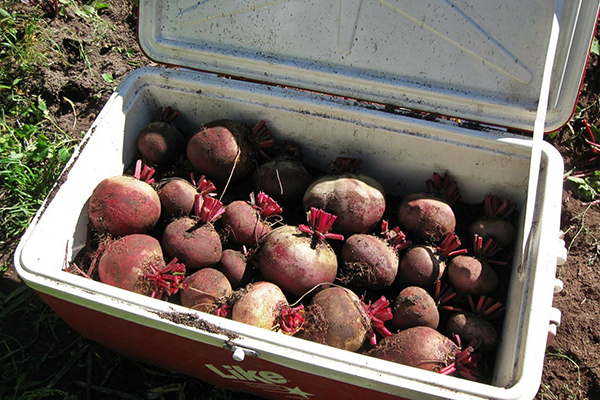
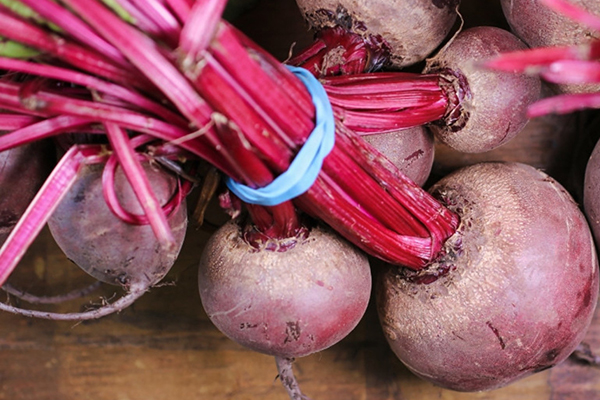
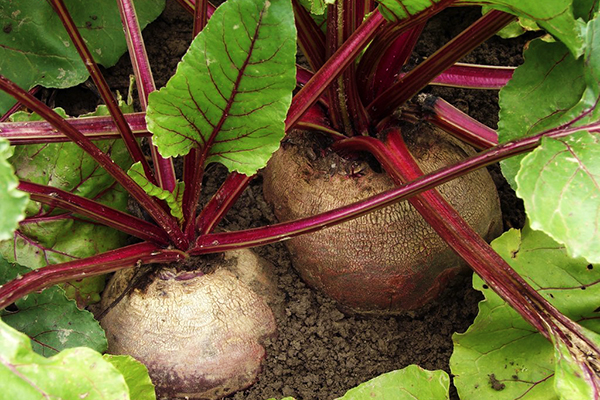
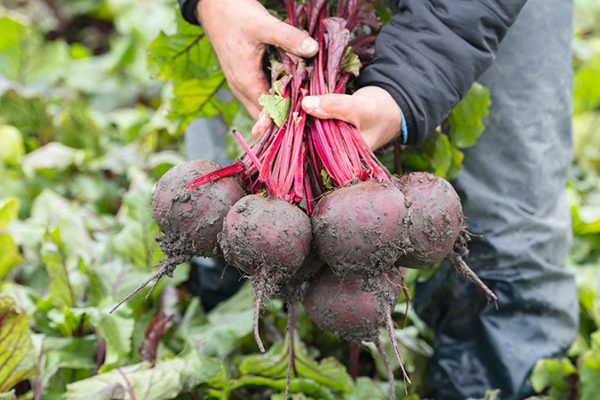
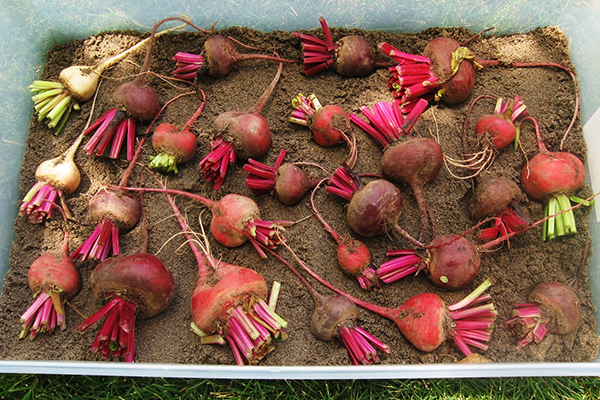
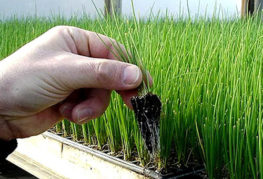
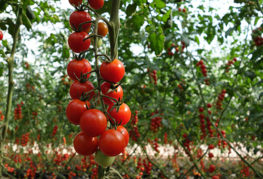
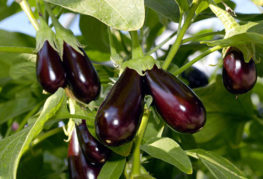
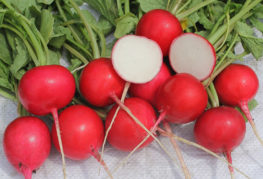
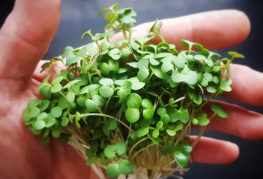

and will be published shortly.